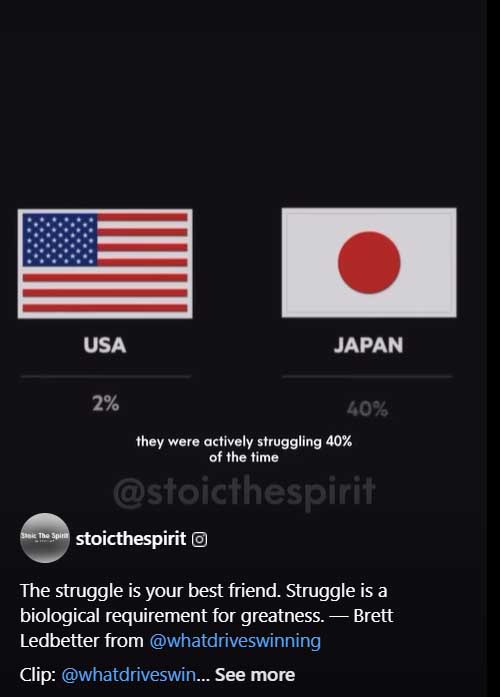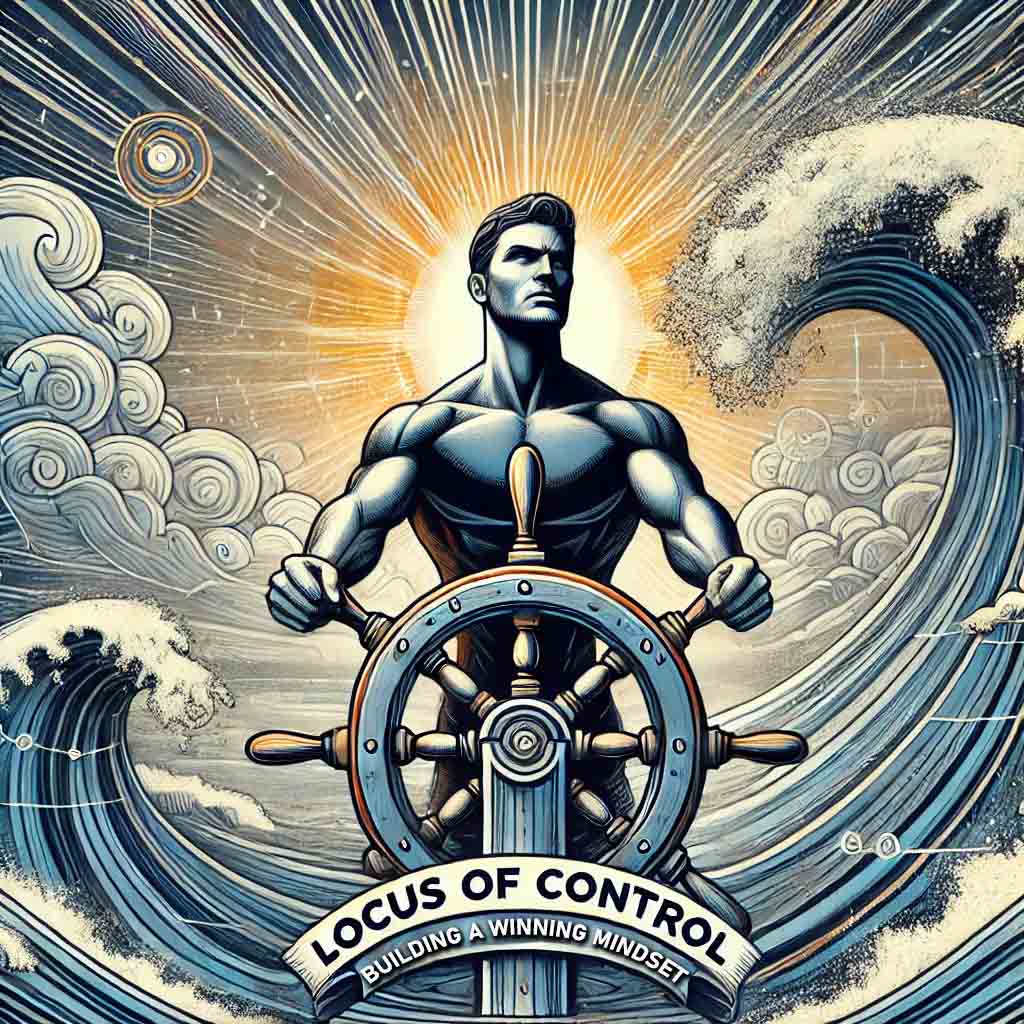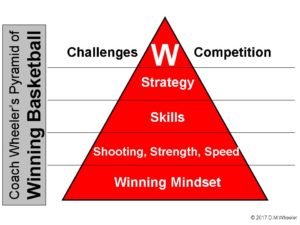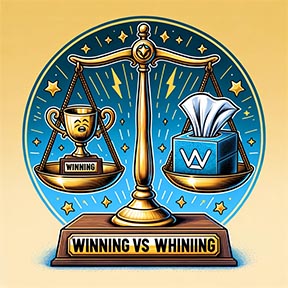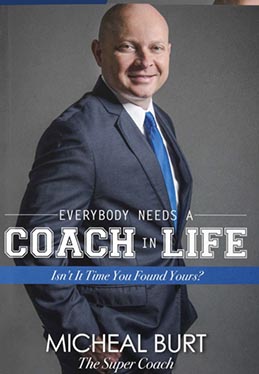The Secret to Unlocking Your Full Potential in Basketball and Beyond

In the high-pressure world of basketball, where every second counts and every decision matters, players and coaches alike are often confronted with a multitude of challenges. These challenges can range from the unpredictability of the opposition to the ever-changing dynamics of the game itself. It’s easy to feel overwhelmed when so many factors seem beyond your control. But what if the secret to success wasn’t about controlling everything but instead about focusing on the things you can control?
Welcome to the concept of “Control the Controllables“—a powerful mindset that can transform your approach to the game, your performance on the court, and even your life outside of basketball. At its core, controlling the controllables is about shifting your focus from external factors (like referees’ calls, weather conditions, or the skill level of your opponent) to the internal factors that you can directly influence (like your effort, attitude, and preparation). This mindset not only helps you play better but also builds resilience, reduces stress, and ultimately leads to a more consistent and fulfilling performance.
The Power of Focus: Why Controlling the Controllables Matters
Let’s face it: in basketball, as in life, not everything is within your control. There will be days when the referees make questionable calls, the crowd noise is deafening, or your shot just isn’t falling. It’s in these moments of adversity that the “Control the Controllables” mindset becomes your greatest ally.
Consider this: when you focus on things outside your control, you waste energy and mental bandwidth on factors that are often unpredictable and uncontrollable. This can lead to frustration, anxiety, and even a decline in performance. On the other hand, by honing in on what you can control—your hustle, your preparation, your response to challenges—you become more grounded, more confident, and more effective.
In basketball, this mindset translates to better on-court decisions, more consistent performance, and a greater ability to stay calm under pressure. Off the court, it can help you manage stress, improve your relationships, and achieve your goals more efficiently. The beauty of this approach is that it doesn’t require you to be the most talented player on the court; it only requires you to be disciplined and focused on what truly matters.
Four Pillars to Control the Controllables:
Effort, Fundamentals, Preparation, and Conditioning
To help you put this concept into practice, let’s break down the controllables into four broad categories: Effort & Attitude, Fundamentals & Skills, Game Preparation & Strategy, and Physical Conditioning & Health. By mastering these areas, you’ll be well on your way to becoming the best version of yourself, both on and off the court.
- Effort & Attitude
The first pillar is perhaps the most critical. Effort and attitude are the foundation upon which all other controllables are built. No matter how skilled you are, without the right effort and attitude, you’ll never reach your full potential. The best part? Both are 100% within your control.
Hustle on every play: Hustle is a reflection of your commitment to the game. It shows that you’re willing to outwork your opponent and seize every opportunity, whether it’s diving for a loose ball or sprinting back on defense.
Positive body language: How you carry yourself on the court can influence not only your mindset but also that of your teammates. Positive body language shows confidence and resilience, even in the face of adversity.
Staying composed under pressure: Basketball is a game of runs. Staying calm and composed when the pressure is on can be the difference between winning and losing.
By focusing on your effort and attitude, you set the tone for your performance. Remember, while you can’t control how your opponent plays, you can always control how hard you play and how you respond to challenges.
- Fundamentals & Skills
The second pillar focuses on the fundamentals—those basic yet crucial skills that are often overlooked in favor of flashier aspects of the game. But here’s the truth: the fundamentals are what win games.
Proper shooting mechanics: Consistent shooting mechanics lead to better accuracy and more reliable scoring. It’s not just about making the shot; it’s about making the shot the right way.
Ball handling skills: Strong ball-handling skills allow you to protect the ball, create space, and make plays. This is especially important under pressure, where turnovers can be costly.
Defensive stance and footwork: Defense wins championships. By mastering your stance and footwork, you can become a lockdown defender who frustrates even the best offensive players.
These are all areas you can control through practice and repetition. The more you focus on mastering the fundamentals, the more reliable and confident you’ll become in your overall game.
- Game Preparation & Strategy
Preparation is often what separates the good from the great. The third pillar, Game Preparation & Strategy, emphasizes the importance of being mentally and physically ready for every game.
Knowing the game plan: Understanding your team’s strategy and how you fit into it is crucial. It allows you to execute plays effectively and make adjustments as needed.
Scouting the opponent: Knowledge is power. By studying your opponent, you can anticipate their moves and exploit their weaknesses.
Executing offensive sets: The ability to run plays effectively requires discipline and focus. It’s not just about knowing the play; it’s about executing it to perfection.
Preparation is something you have complete control over. By being diligent in your game preparation, you increase your chances of success and put yourself in a position to win.
- Physical Conditioning & Health
The final pillar is Physical Conditioning & Health. Your body is your most important asset as a basketball player, and taking care of it should be a top priority.
Consistent strength training: Building strength helps you compete physically and reduces your risk of injury. It also enhances your ability to perform explosive movements, like jumping and sprinting.
Proper nutrition and hydration: What you put into your body directly affects your performance. By fueling yourself with the right nutrients and staying hydrated, you ensure that you have the energy and stamina to compete at your best.
Injury prevention exercises: Staying healthy is key to staying on the court. Incorporating injury prevention exercises into your routine helps protect you from common basketball injuries.
Your physical condition is entirely within your control. By taking care of your body, you ensure that you can perform at a high level throughout the season and beyond.
Applying the “Control the Controllables” Mindset Beyond Basketball
While the concept of controlling the controllables is highly effective in basketball, its application extends far beyond the court. Whether you’re a student, a professional, or someone simply trying to navigate the challenges of life, this mindset can be a game-changer.
In your personal life, you can control your response to situations, your work ethic, and your commitment to your goals. In your professional life, you can control how prepared you are for meetings, how you interact with colleagues, and how you handle deadlines. By focusing on what you can control, you reduce stress, increase your productivity, and build a more positive and resilient mindset.
Don’t Just Control the Controllables: MASTER THEM!
The beauty of the “Control the Controllables” mindset lies in its simplicity and effectiveness. It’s not about trying to control everything—it’s about focusing on the aspects of your game and your life that you can directly influence. By mastering the controllables, you empower yourself to become the best version of yourself, both on and off the court.
As you continue on your journey as an athlete or coach, remember that your success is not solely determined by external factors. It’s shaped by your effort, your attitude, your preparation, and your commitment to the fundamentals. These are the things you can control, and by mastering them, you set yourself up for success.
So, the next time you step onto the court or face a challenge in your life, ask yourself: “Am I controlling the controllables?” Focus on what you can influence, and let go of the rest. In doing so, you’ll not only improve your game—you’ll also unlock your full potential and become a true champion, both on the court and in life.

And remember, if you’re looking for a detailed guide on how to control the controllables in basketball, don’t miss out on Coach Wheeler’s exclusive list of 52 controllables, available as a bonus giveaway for leaving a comment below. What do you think is the most important controlable? Is it on the list? This resource will help you take your game to the next level by providing actionable insights into what you can control—and how to control it effectively.
Stay focused, stay disciplined, and keep controlling the controllables. Your journey to greatness starts here.

